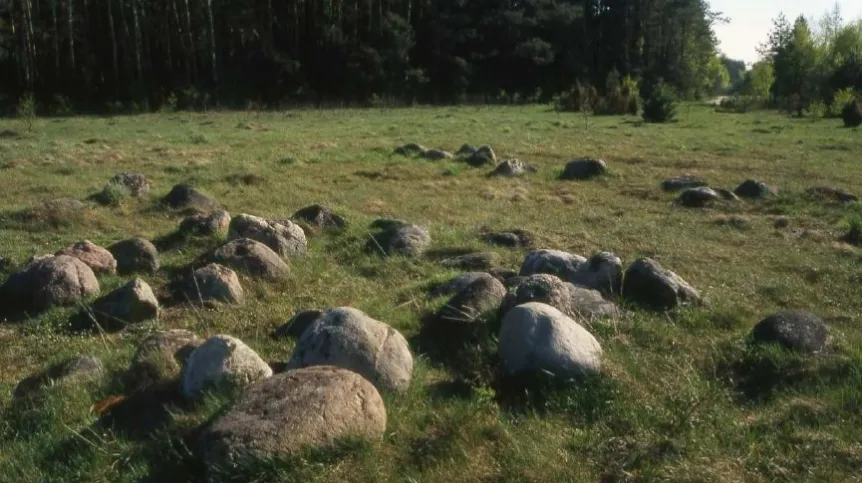
There are 500 of them, but archaeologists and historians still argue about who was buried in them: local residents, incomers from Scandinavia, or maybe from the east.
The cemeteries from the 11th century - early 13th century are located in the present-day provinces Masovia and Podlasie and buried alongside the dead are everyday items, ornaments as well as weapons in the form of spears and swords.
Dr. Dariusz Błaszczyk from the Faculty of Archaeology of the University of Warsaw said: “The graves in these cemeteries are very distinctive. They have characteristic stone surrounds made of large boulders. They are also often covered with smaller cobblestones.”
But the cemeteries are still a huge mystery for researchers, because it is not clear who was buried there. According to Dr. Błaszczyk, there are several contradictory concepts. Research on the necropolises began over 100 years ago. Archaeologists have excavated hundreds of skeletons and equipment accompanying the deceased.
Most of the excavations took place in the 1960s and 1970s, but the first excavations were carried out in the 19th century. The methods that were available at the time were applied. But they did not find an unambiguous answer to the question of who the deceased were and where they came from.
Some researchers pointed to their Scandinavian origin, because graves with stone surrounds from that period are also known from Scandinavia.
Błaszczyk said: “But there are no northern objects in the graves in Masovia, so this concept does not seem true. In addition, these graves look different.”
Another concept is that these are the necropolises of the Balts, who were Slavicised over time. Some researchers believe that Ruthenians may have been buried there, because similar graves are known from Belarus and Russia. But it is unclear whether they come from the same period.
According to Błaszczyk, it was the local Slavic population that used a rather unusual type of burial, compared to other parts of the Piast state.
He said: “The research methods used so far have failed to bring a solution. Many scientists stick to their version. As part of our new project, we will use various types of the latest research methods. We hope that they will bring a solution.
“Many of these cemeteries have already been excavated. A lot of relics and bones are stored in various places. As part of our project, we will test them using previously unavailable methods.”
Błaszczyk and his team started the project by taking samples from the bones of several skeletons and dating them using the radiocarbon method, which is now very common in archaeology. They already have the first results. In previous research, this method was not used to determine the age of any of the 500 cemeteries. Scientists estimated their age based on the typology of pottery and other relics found in graves.
Błaszczyk said: “The cemeteries are grouped in two clusters, around Płock and Drohiczyn. Until now, it was believed that the ones in Podlasie are younger, and the Masovian ones are older. Our analysis shows that they are from the same period. They come from the end of the 10th century and were used until the end of the 12th or the beginning of the 13th century.”
The researchers will also use DNA analysis, to be carried out by Professor Wiesław Bogdanowicz's team from the Polish Academy of Sciences in Warsaw. They want to examine the haplogroups of the deceased and on that basis determine where they came from. The genetic tests will help determine the potential kinship of the people buried in the cemeteries, and even determine the colour of their skin, hair and eyes.
Strontium and oxygen isotope studies will also be helpful in determining the origin. For this purpose, researchers will take samples from the teeth of the deceased. Such analyses will provide insight into the mobility of the deceased people and whether they died at their birthplace (in the same area), or came from elsewhere.
Analyses of carbon, nitrogen and sulphur isotopes will, in turn, allow researchers to determine the approximate diet of the deceased. The analyses will be carried out by Dr. Rafał Fetner from the Faculty of Archaeology of the University of Warsaw.
Błaszczyk said: “We are also going to take a fresh look at the bones themselves. For example, a few decades ago anthropologists did not pay attention to the traces of various diseases on the remains.”
The area of Masovia (which also included Podlasie at that time) in the 11th-13th centuries was within the borders of the Piast state, but according to researchers, very little information about it from contemporary texts has been preserved. Hence the great problem with determining the identity of the huge community that lived there and used a distinctive type of burial.
The project is financed by the National Science Centre and led by Professor Andrzej Buko from the Polish Academy of Sciences.
The archaeological team members also include Dr. Katarzyna Skrzyńska and Dr. Dariusz Krasnodębski from the Institute of Archaeology and Ethnology of the Polish Academy of Sciences in Warsaw and Dr. Tomasz Kordala from the Mazovian Museum in Płock.
PAP - Science in Poland, Szymon Zdziebłowski
szz/ agt/ kap/
tr. RL
Gallery (4 images)
-
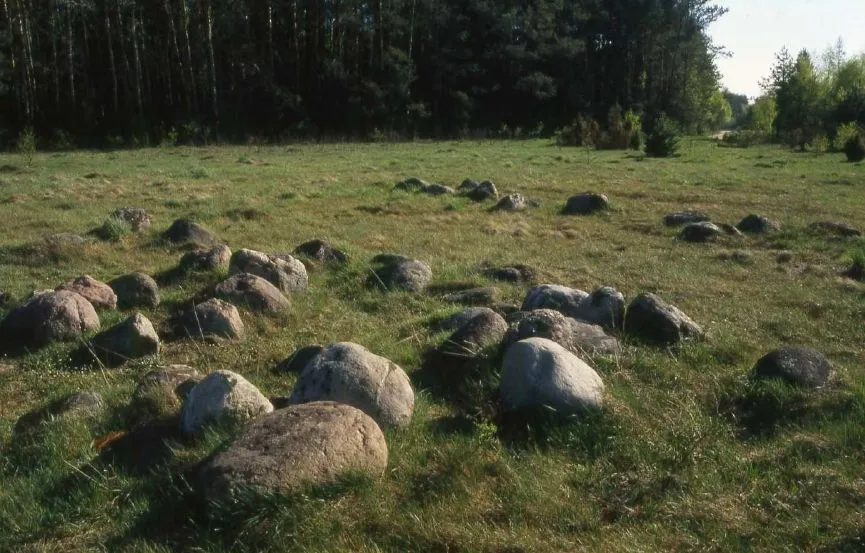 1/4Photo: M. Dzik
1/4Photo: M. Dzik -
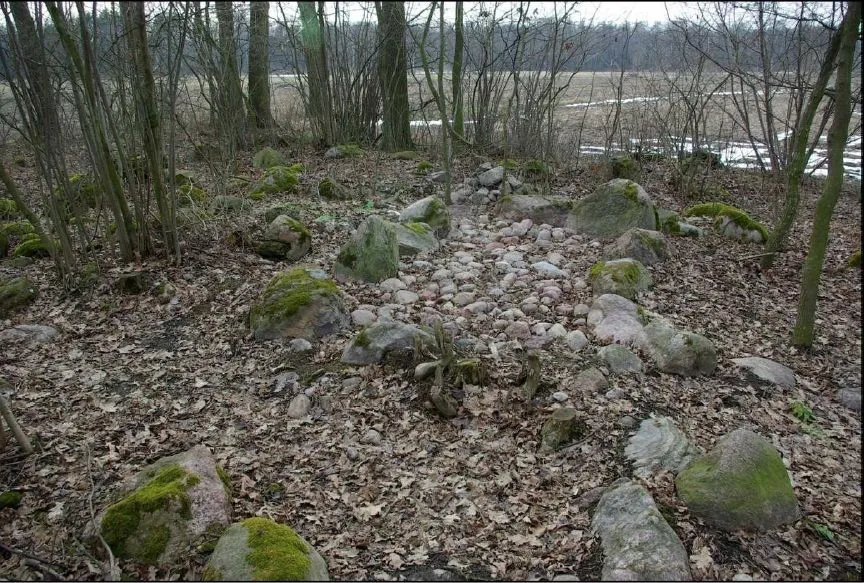 2/4Photo: M. Dzik
2/4Photo: M. Dzik -
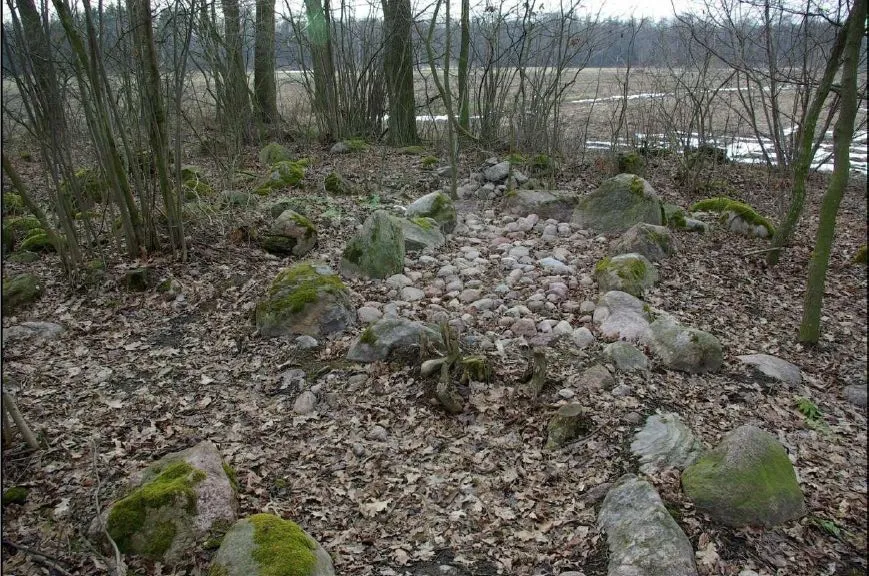 3/4Photo: M. Dzik
3/4Photo: M. Dzik -
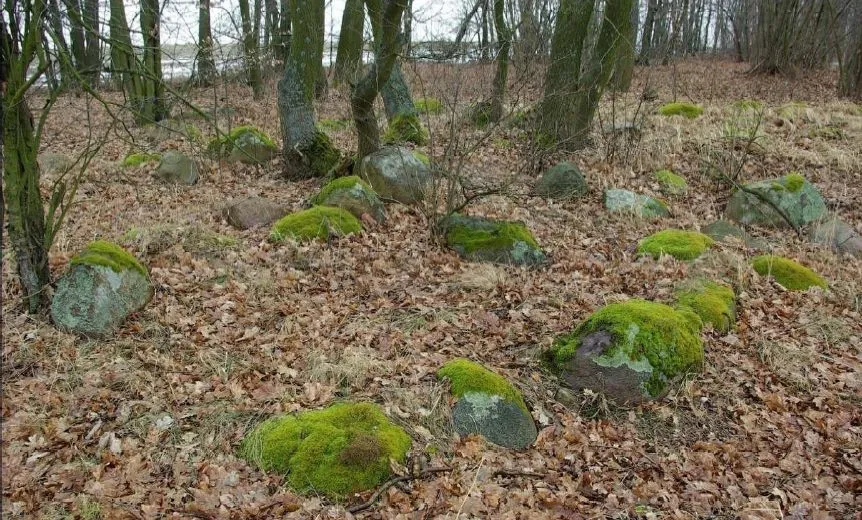 4/4Photo: M. Dzik
4/4Photo: M. Dzik













